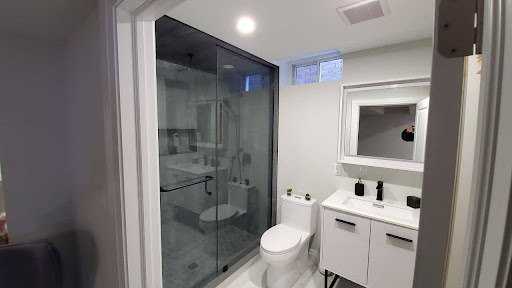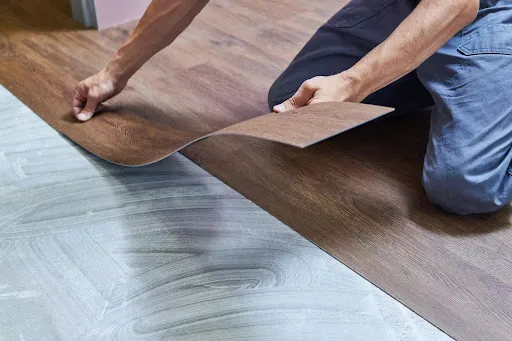Are you preparing for a home remodel? If so, you might be wondering if a wall is load-bearing.
As you know, you should hire remodeling contractor to remove load-bearing walls. If you remove them without replacing them, you can cause your house to collapse.
Walls that support the roof are load-bearing walls. But how do you know if a wall is load-bearing?
You don’t want to attempt removing it unprepared. Keep reading for the basics on providing support for your house and when to call in a professional.
Understand Structural Basics
This is important, as load-bearing walls play a major role in carrying the weight of the roof above and other components of the structure. To accurately identify, knowledge of basic construction principles is needed.
This includes analyzing the direction of the joists and trusses, as it typically placed perpendicular to them. Also, it tends to be part of the main structure of the house and is typically thicker in width or contains additional inner partitions. If a wall is framed with double studs or header joists, then it is likely a load-bearing wall.
Check Building Plans
When checking building plans to identify if a wall is load-bearing, it is essential to look for any indications of the wall’s purpose. Visually, it usually appears thicker than other internal walls, as it helps to support the structure of the building.
Dimensions and materials used in its construction is also an indication of its role. If the plans don’t provide much detail one can check to see if the wall appears to align with the building’s structure. It often follows straight lines around structural support points.
It is also vital to look for supporting beams above the wall, as these are often tell-tale signs of a load-bearing wall. In complex building designs, a qualified structural engineer may be required to determine the purpose of a wall.
Note Exterior Signs
When trying to determine if a wall is load-bearing, it is important to take note of exterior signs. These signs can vary depending on the specific construction and materials used.
It generally includes clues such as the presence of brick facing, stonework, and other details that indicate the wall’s strength. Pay attention to whether the wall is wider at the base, another indicator of its load-bearing capacity.
If the wall is placed asymmetrically between the rooms or divides them in the middle, it is likely a bearing wall. If a door frame is cut into the wall, this is a hint of an underlying supporting structure.
Also, it is more likely to be load-bearing when its direction is in line with the building’s joists or rafters, or when connecting two structures of different heights. It is important to remember to note these exterior signs when determining if a wall is load-bearing.
Assess Interior Clues
It’s basically a structural component that supports weight from the roof, another wall, or a floor. Other ways to assess if it involves checking if the wall runs perpendicular or parallel to the other interior walls.
Is any wall wider or thicker than the other walls, or are there supporting posts or beams that interface with the wall?
Inspecting the external walls and whether or not they have a central ridge may also be useful. It may be helpful to check for lintels, an opening or gap above the window or door frames in a wall that implies that a load is being supported.
Reading up on the building plans may be necessary to get a better idea of whether or not a wall is load-bearing.
Evidence of Structural Support in the Attic
The most common type of structural support found in an attic is the ceiling joist. It should run perpendicular to the wall in question. Other support beams should be observed for any visible changes in direction as this signifies that the wall is load-bearing, such as:
- Girders
- King studs
- Jack studs
Also, the direction of the attic joists should all be heading in the same direction, preferably parallel to the wall it is supporting. This is a great indication that the wall is load-bearing and is one of the most important indicators when assessing the capabilities of a wall.
Hire a Professional
A professional will have the expertise and the experience to accurately assess the wall to determine if it is load-bearing and requires removal. This will help protect the integrity of the structure and its interior elements by avoiding damage during the wall’s removal.
They can take the necessary safety precautions during their assessment and load bearing wall removal process, providing you with peace of mind that your project is done safely and correctly. They will also help save you time and money across the job’s completion.
These professionals vow to provide the highest levels of quality to customers and are equipped with the right tools and resources to complete the job in an efficient and cost-effective manner.
Learn More About Load-Bearing Today
An assessment of a home’s design and architecture is essential in order to determine if a wall is load-bearing. If in doubt, consult a structural engineer to ensure that your home is safe and stable.
Taking the time to assess potential load-bearing walls is essential to ensuring safety and security in your home. So don’t delay, complete your assessment today!
Did you find this article helpful? Visit more of our blogs!





